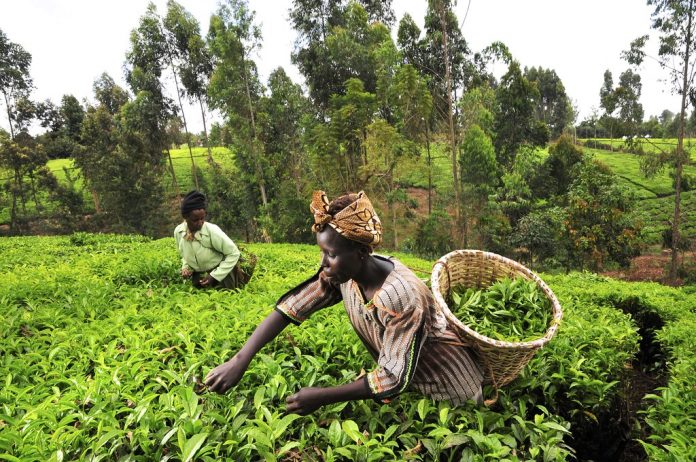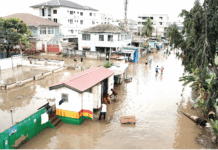
A project designed to transform the agricultural value chain for food security and job & wealth creation within the Savannah zone has improved the livelihood of about 444,341 individuals and households in the Northern sector over the implementation period.
With an investment value of US$19,498496 in grains, such as maize, soybean and rice, the production capacity of farmers has increased significantly.
Additionally, beneficiaries were trained in bookkeeping, accounting practices, market access facilitation, and linkages to enhance the creation and strengthening of agribusiness income.
The Savannah zone Agricultural Productivity Improvement Project (SAPIP) also supported about 250,000 farmers nationwide through the input subsidy programme of the PFJ, out of which 50 percent of the beneficiaries were women.
SAPIP, in partnership with Technologies for African Agricultural Transformation in The Savannahs (TTATS-S), also developed a common agriculture policy (CAP) and provided a commercial farmer out-grower scheme and rice valleys to promote farming, leading to the creation of about 43,004 jobs.
Before the inception of the project, beneficiaries were challenged with inadequate funds for the rehabilitation of the seeds centres, a limited number of fertiliser spreaders, combine harvesters, and dry spells at the critical times of the crop.
However, the project has helped to rehabilitate the Tamale seed centres with ten fertiliser spreaders and ten combine harvesters.
SAPIP also helped to improve market access by strengthening the capacity to improve grain quality and empowered organisational off-takers, leading to prompt off-load of farmers’ produce at good prices.
Another component of the project focused on the feeder road network infrastructure to enable easy access of farm produces to the market impacted about seven districts, namely: Savelugu Municipal, Nanton, Tolon and Kumbunguin the Northern Region, West Gonja and West Mamprusi in the North East Region, and Builsa South District in the Upper East Region.
An extra 10,148 hectares of land was developed to support the production of maize and soybean as well as lowland rice.
In view of that, about 543,803mt of grains, consisting of 151,438mt of rice, 352,621mt of maize, 39,744mt of soybean, and 22,000mt of vegetables were produced during the project period.
The interventions have led to improving food and nutritional security, with rural farmers generating more income. The project also delivered drought-tolerant hybrids to boost production.
SOURCE: thebftonline.com

























